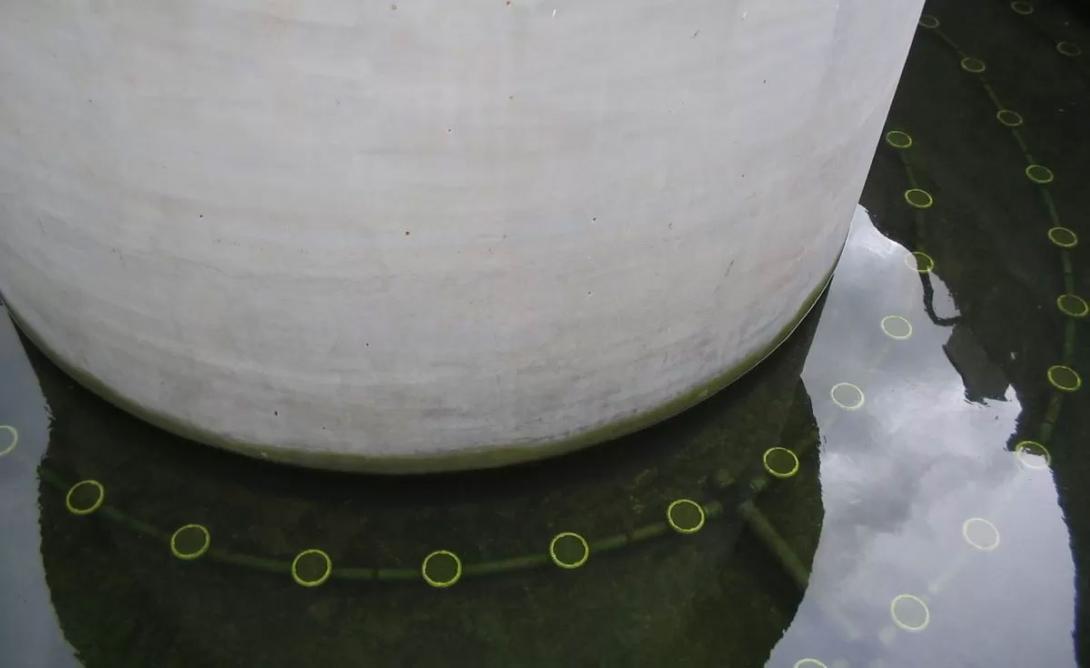
The sewage purification treatment consists of a succession of several phases (or processes) during which unwanted substances are removed from the waste water, concentrating them in the form of sludge, giving rise to a final effluent of such quality as to be suitable for spillage in a receiving body (land, lake, river or sea by submarine pipeline), without it being damaged (for example from the point of view of the ecosystem afferent to it).
Categories of waste water
In traditional purification plants, serving one or more urban centers (consortium plants), the following are usually treated:
Urban waste water or civil discharges
urban waste water or civil discharges: include domestic waste water and, if the sewer is of a unitary type, also so-called runoff water.
Domestic waters are those coming from domestic activities and human waste, the latter rich in urea, fats, proteins, cellulose, etc. Runoff waters are those coming from street washing and rainwater. They contain, in different concentrations, the same substances present in domestic wastewater but also can present a series of micropollutants such as hydrocarbons, pesticides, detergents, rubber debris, etc.
Industrial waste water
Some types of industrial waste water: industrial discharges have a variable composition based on their origin. & nbsp;
In traditional purification plants, only those industrial wastewater that can be considered comparable from a qualitative point of view to domestic waste can be treated. These discharges can possibly be subjected to pre-treatment in the company, before their discharge into the sewer, to remove the substances incompatible with a biological purification process.
In fact, some industrial discharges may contain toxic substances or substances susceptible to disturb biological evolution and therefore such as to compromise the biological treatment that is the basis of the traditional purification system.
Other industrial discharges can be of such a nature that they are insensitive to biological treatments, therefore they must be treated differently directly in the place of production.
How does a purification plant work?
The purification plants consist of a series of artifacts in general in reinforced concrete, each with specific functions, in which the purification of civil and industrial waste is carried out.
There are usually two specific lines in a wastewater treatment plant:
- the water line;
- the sludge line.
The raw sewage coming from the sewers is treated in the water line and as a rule includes three stages, called:
- primary treatment : a physical process used for the removal of part of the sedimentable organic substances contained in the sewage includes screening, sandblasting, degreasing, primary sedimentation;
- secondary treatment : a biological process used for the removal of sedimentable and non-sedimentable organic substances contained in the sewage. It includes aeration and secondary sedimentation;
- tertiary treatment : carried out on the effluent leaving the secondary sedimentation, it allows to obtain a further refinement of the degree of purification. It includes special treatments to break down the content of those substances that are not eliminated during primary and secondary treatments.
In the sludge line the sludge produced during the sedimentation phases foreseen in the water line are treated.
The purpose of this line is to eliminate the high amount of water contained in the sludge and to reduce its volume, as well as to stabilize (make rot-proof) the organic material and to destroy the pathogenic organisms present, so as to make the final disposal less expensive and less harmful to the environment.
The final treated effluent is conveyed into a conduit called the emissary, with final delivery to the surface waters (waterways, sea, etc.), incisions or the surface layer of the soil (eg draining trenches).
The final effluent can also be used for irrigation or in industry.